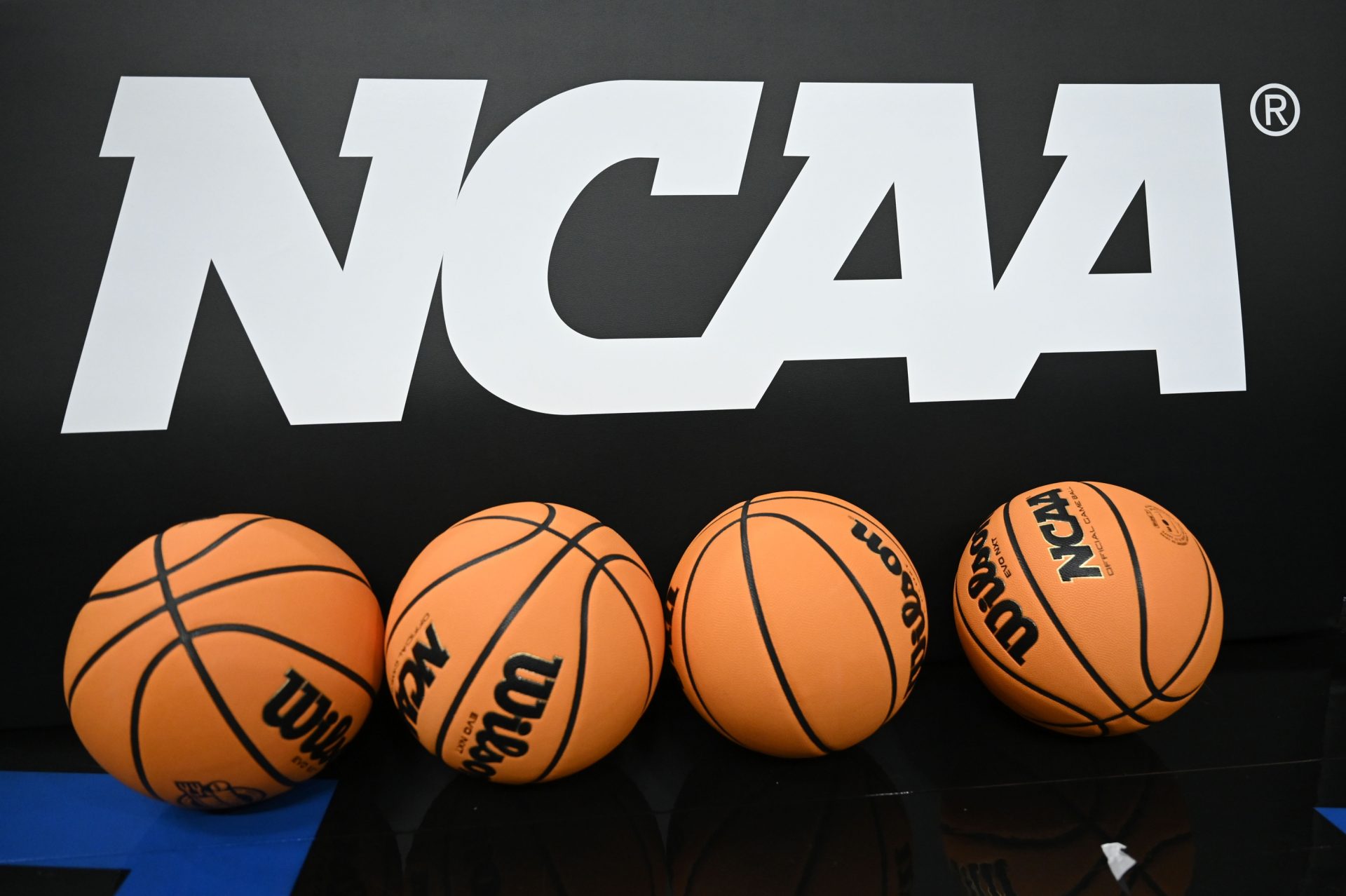If you’ve ever jumped from a high-energy March Madness game to a late-night NBA matchup, you’ve probably noticed the vibes are very different. One’s got student sections screaming in unison, coaches sweating every call, and players giving it their all for the name on the front of their jerseys.
The other? Star-studded arenas, isolation plays, and more three-pointers than you can count. But it’s not just the atmosphere—there are rule differences that shape how each game is played.
College Hoops vs. Pro Ball: What Sets Them Apart?
Game Time Format
Right off the bat, NCAA men’s basketball is played in two 20-minute halves, while the NBA opts for four 12-minute quarters. That adds up to 40 minutes in college vs. 48 minutes in the pros.
Those extra eight minutes in the NBA mean more time for comebacks, extended scoring runs, and fourth-quarter heroics. It’s one reason NBA games often end with higher scores and a faster pace.
Shot Clock
The NBA uses a 24-second shot clock, forcing teams to shoot quickly and encouraging fast-paced play. In contrast, the college shot clock is 30 seconds, giving players and coaches more time to set up plays, run their offensive systems, and generally slow the pace.
It’s not uncommon to see college teams working the clock to find the perfect shot—something NBA teams rarely have the luxury to do.
Jump Balls vs. Possession Arrow
This is one of the quirkiest differences. In the NBA, every tie-up results in a jump ball, letting the tallest or most athletic players battle it out. In college? After the opening tip, they go to the possession arrow, alternating who gets the ball each time. Some fans love the fairness; others hate the lack of drama—but hey, it’s tradition.
Foul Limits
Fouling out is also different. In college, a player is disqualified after five personal fouls. In the NBA, it takes six fouls to send someone to the bench for good. That one extra foul in the NBA gives star players a little more room to be aggressive on defense without fear of an early exit.
Technical Fouls
Both leagues penalize unsportsmanlike behavior with technical fouls, but the consequences differ. In the NBA, two unsportsmanlike techs mean you’re ejected, and fines often follow. NCAA players are also tossed after two technicals, but Class A technicals count toward your personal fouls, which can be a major factor in tight games.
Team Fouls & Bonus
Here’s where it gets really different. In the NBA, once a team racks up five team fouls in a quarter, the other team shoots two free throws. In college, the first bonus kicks in after seven team fouls in a half, triggering the classic “one-and-one”—miss the first, and the ball’s live. After ten fouls, it becomes an automatic two-shot bonus. The bonus system in college can flip a game fast, especially in the final minutes.
Three-Point Line
In the NBA, the three-point arc is farther out—23 feet 9 inches at the top, and 22 feet in the corners. The NCAA’s three-point line was moved back to 22 feet 1¾ inches in 2019 to better match international play.
KEEP READING: Everything To Know About the Men’s College Basketball Transfer Portal
That distance change really highlights the range NBA players have—just look at Steph Curry pulling up from the logo.
Paint Width (The Key)
The NBA’s key is 16 feet wide, compared to 12 feet in college. This spacing difference gives NBA players more room to operate inside, especially for big men and slashers. It also makes the defensive three-second violation in the NBA more relevant—there’s no such rule in the NCAA, meaning defenders can clog the lane much longer.
College Sports Network has you covered with the latest news, analysis, insights, and trending stories in football, basketball, and more!


